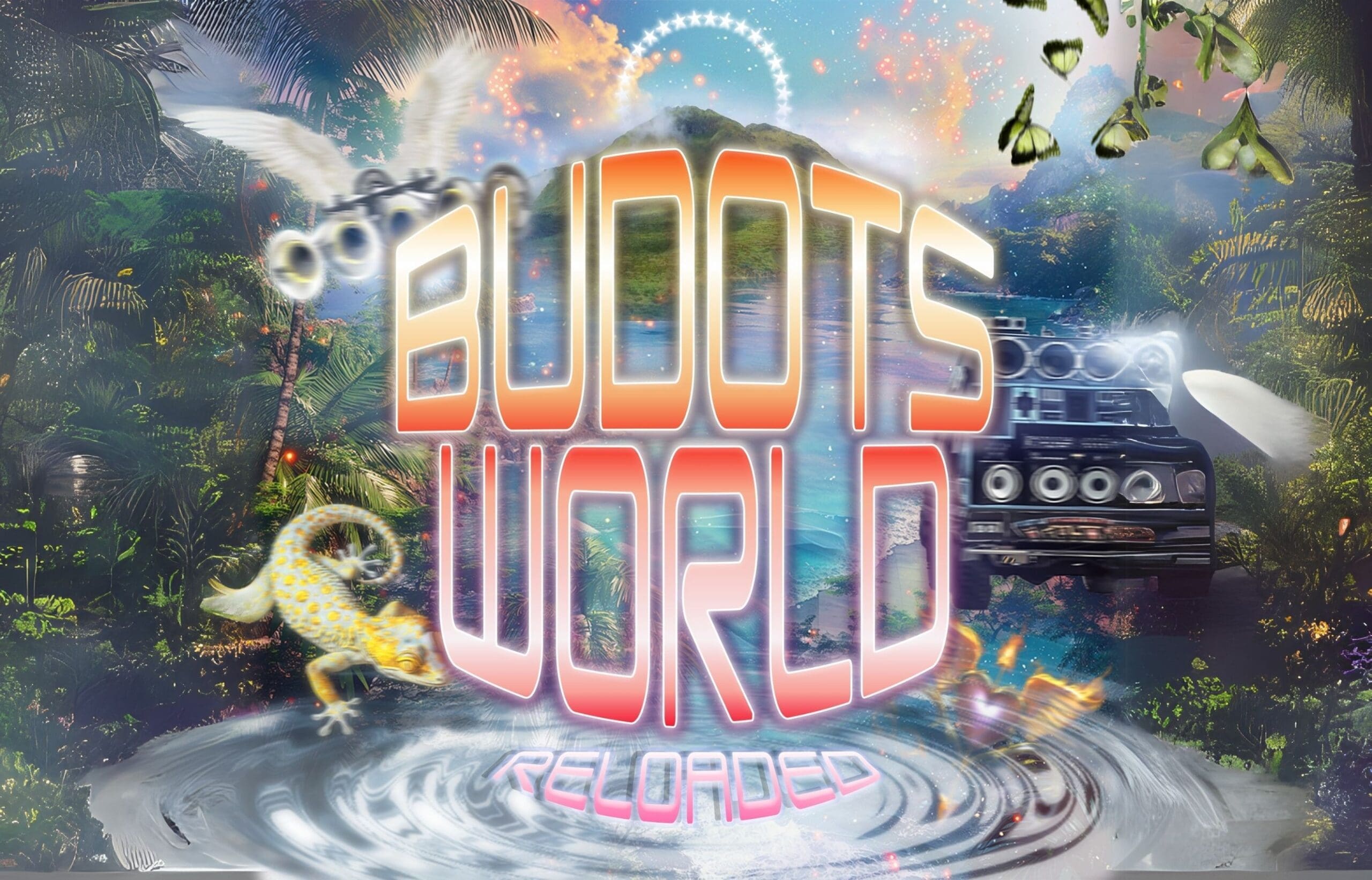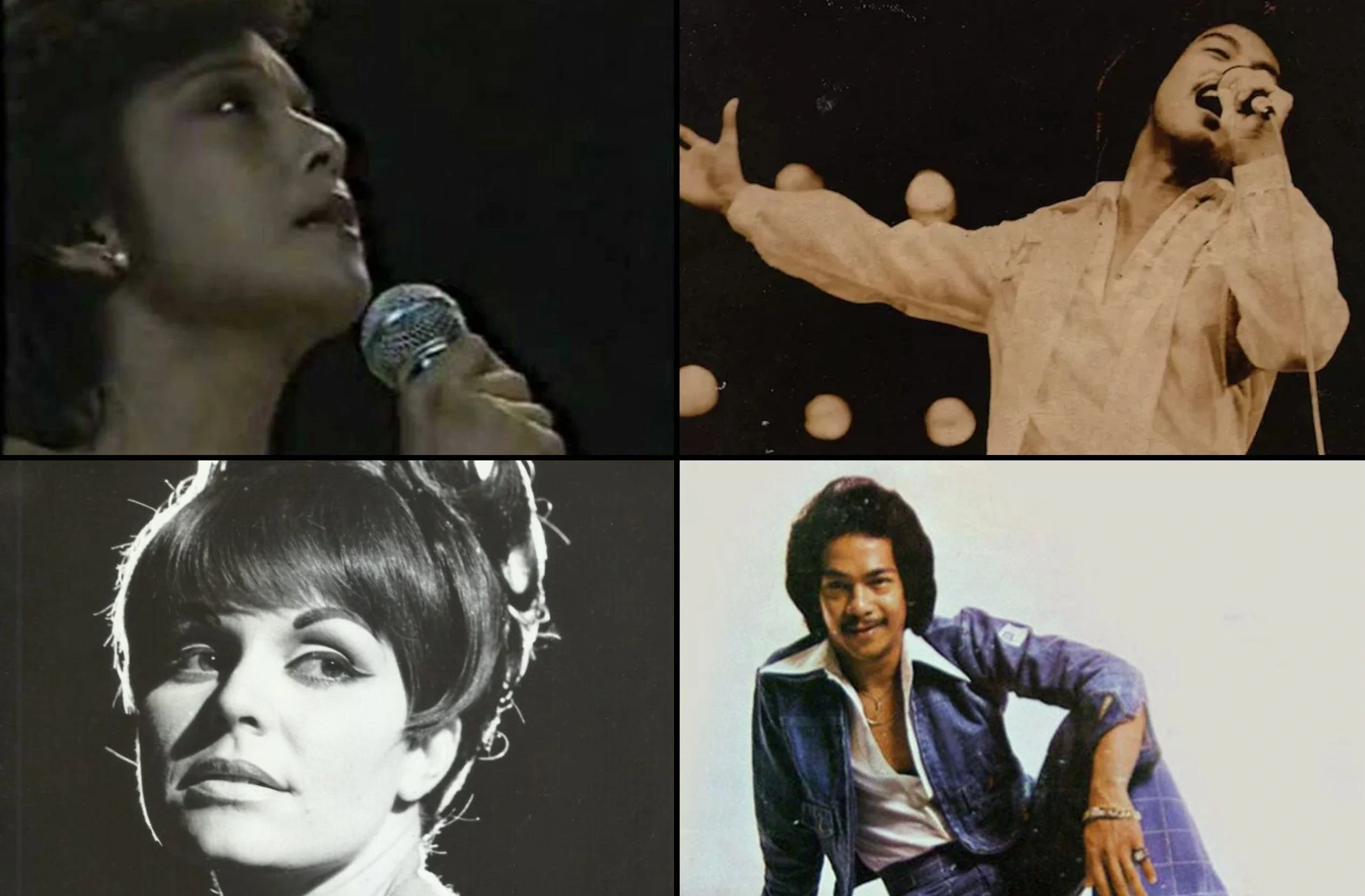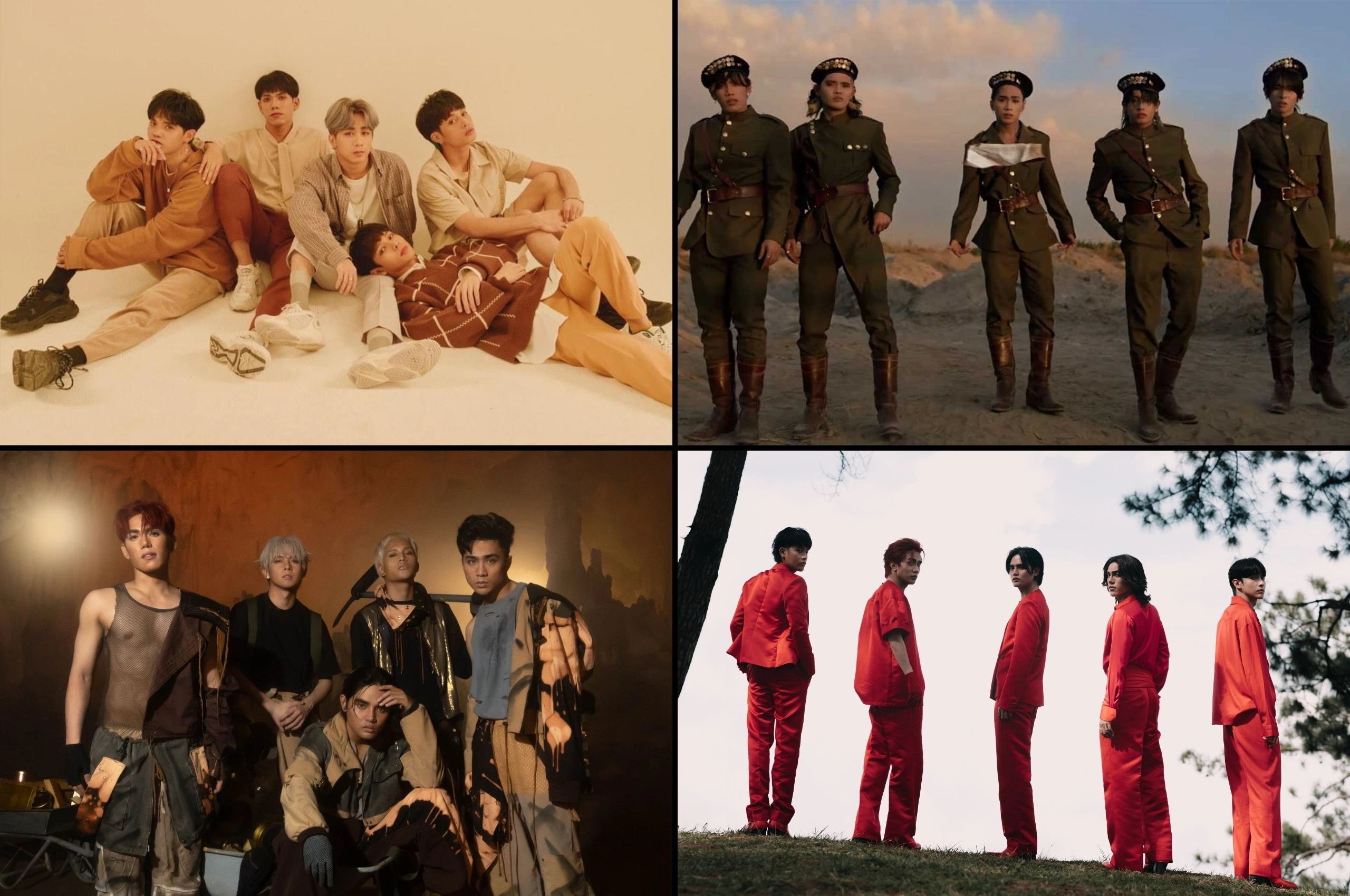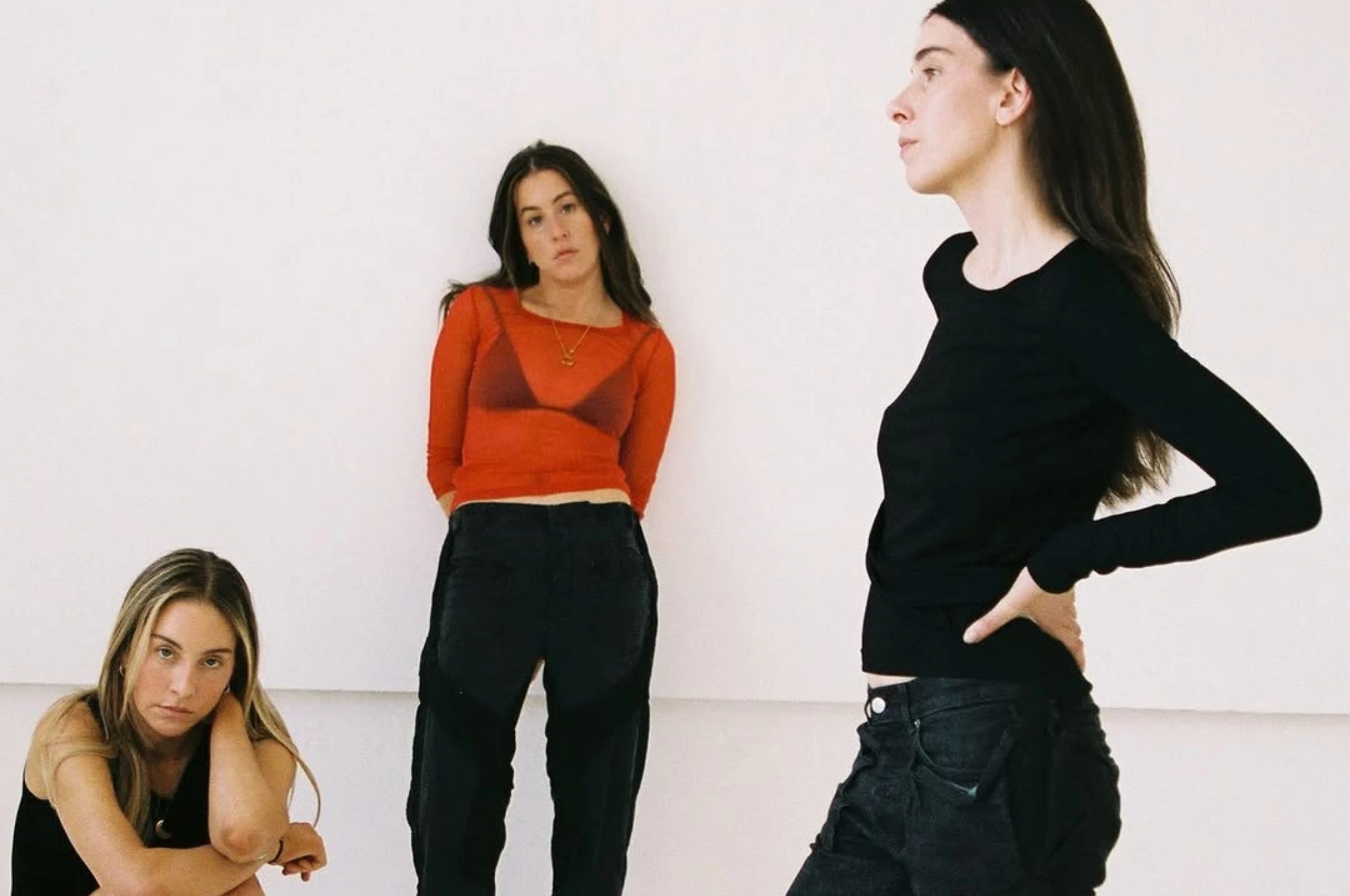Sherwin Calumpang Tuna, also known as DJ Love, widely credited for pioneering budots, dropped Budots World (Reloaded) in August 2024 as a nostalgic reboot of the beloved genre.
Budots is homegrown and rooted in the Philippines, resonating with those from the Visayas and Mindanao region, and later making its way to Luzon. For more than twenty years, budots has thrived in street corners, local parties, and community gatherings where it emanates from loudspeakers, creating an immersive landscape that reflects the vibrancy of its community.
With its layers of thumping percussion and syncopated basslines, along with samples of jeepney horns and revving Suzuki X4 motorcycles, budots has transcended the boundaries of a mere musical genre. In fact, its hallmark “tiw-tiw” sound, resembling a sharply pitched 8-bit jumping sound effect, has become the sound of a cultural movement, a distinct sonic identity that reflects the everyday sounds of Filipino street life.
Hailing from Davao and deeply embedded in provincial sound system culture, Budots World (Reloaded) takes DJ Love to new heights since his Boiler Room spotlight and performance at the United Margins Festival last September in London — his first time outside the country.
The album, released under Eastern Margins, a music collective and record label dedicated to promoting alternative Asian culture, is a captivating introduction for first-time listeners as DJ Love brings back his trademark remix style with a renewed warmth. His sound stays true to its budots roots but more vibrant and playful than ever; a heartfelt return to the foundation of his signature beat, capturing the vibe that has consistently defined his unique style.
In the opening track, “TiwTiw”, DJ Love lays down his classic breakbeat with a new twist. The track takes you back to the core of the genre by hitting hard with its raw gritty energy. The way he builds layers of rhythm and texture creates a sound that’s nostalgic for the masses, who’ve been familiar with this tune for years, but also fresh for those who are just discovering budots. It’s a powerful opening that really gets your head bopping, building up to a groove you can’t help but move to.
“Sabak Sa DJ Basuri” follows with a voice sample from budots poster girls, the Camusgirls, who are featured alongside DJ Love in the song’s music video. In a brief interlude, Baby Queen of the Camusgirls also talks about how budots shaped their creative expression, emphasizing her desire to share this distinctive form of dance with the world, positioning it as both a personal and collective inspiration.
In “Sabak,” the Camusgirls dance in slithering motions to the lines “Ali na diri, sabak sa DJ (Come on over and sit with the DJ), paru paru g,” referring to a butterfly or “paru-paro” in Filipino. These evoke the idea of inviting listeners to come closer, dive into the DJ’s music by moving gracefully to the beat, much like a butterfly’s fluttering wings. The repetition creates a catchy, rhythmic hook that reflects the fluid, carefree movements of a typical budots dance.
“Tag-singko, tag-singko, tag-singko, tag-singko na lang. Oh, pili na” (It’s only P5! Come now and choose!), a familiar refrain often heard in local markets, opens the six-minute track “Singko Ni Wang Balod2x Budong Bass.” True to Budots being a joyous echo of the sounds of the streets, the track cleverly uses this social parody, mimicking the lively sounds of thrift barkers calling out to passersby.
DJ Love goes on to mine the semantics of the streets with “Butiki,” referencing on the surface the common household gecko. In this context, however, the song playfully teases, as calling someone butiki often implies that they’re thin or unattractive. The lyrics “Daghan kong amigo, mukhang butiki” (I have many friends who look like lizards) hints at typical Filipino banter.
Lastly, “Higher State,” stands out as a striking example of the acid techno influence in DJ Love’s work. It channels the unrelenting spirit of the late ‘90s and early 2000s dance music, drawing from the hypnotic bass and synth lines that were staples of the movement. In many ways, “Higher State” recalls the pivotal moments of acid techno, infused with budots undertones, where the squelching, modulating 303 basslines of artists like Hardfloor and Luke Vibert meet hard-driving beats of the rave scene. It carries an intensity that draws clear inspiration from the iconic Blade soundtrack, a seminal moment in the intersection of electronic music and cinema. The track’s vibrant rhythm evokes the gritty underground atmosphere of a rave with clear nods to the darker, industrial edges that defined the genre during this period.
DJ Love’s Budots World (Reloaded) taps into the heart of Visayan culture, reflecting its warmth and spirit of togetherness. The result is an embodied sense of conviviality that’s inherently festive and communal. Yet, as with any deeply-rooted cultural expression, its strength and authenticity may also pose barriers to broader appreciation. While its chaotic charm is undeniably central to its appeal, this very quality can also create a divide among listeners. While tracks like “Mura Kag Erfs” showcase offbeat humor and playful absurdity, their hyper-localized references and quirky sound effects might feel unfamiliar or niche to a global audience. This underscores the challenge of balancing budots’ cultural authenticity and its ability to resonate with a wider audience.
This album leaves us wondering: Has it finally transcended to become globally relevant, or does it remain firmly tied to its grassroots origins? Perhaps it sits on a bridge between its local essence and a wider audience ready to embrace its energy.





